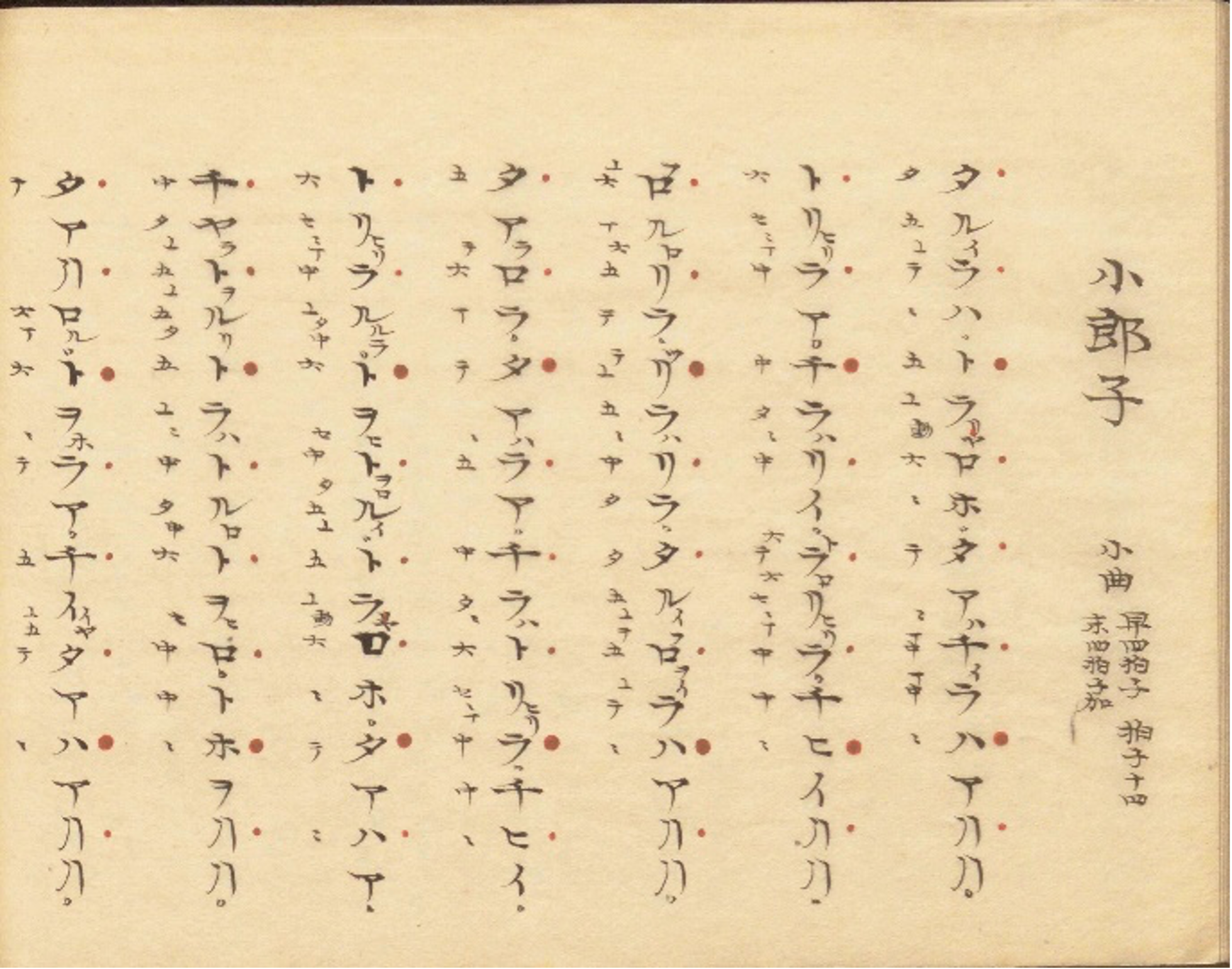Encoding Traditional Court Music and Dance Scores Using the Music Encoding Initiative
Authors: Seki, Shintaro
Date: Friday, 8 September 2023, 11:15am to 12:45pm
Location: Main Campus, L 1.202 <campus:note>
Abstract
Gagaku, a comprehensive art form encompassing instrumental music, vocal music, and dance, originated during the mid-Heian period (around the 10th century) and has been transmitted in its fundamental form to the present. In addition to its role as court music, gagaku offers numerous performance opportunities at shrines and temples. Its repertoire not only includes ancient Japanese music but also embraces the musical cultures of Mainland China and the Korean Peninsula. Consequently, gagaku occupies a significant position in the overall musical culture of East Asia, preserving some of the music that has been lost in China and Korea1.
Like other non-Western musical cultures, gagaku faces significant challenges related to digital archiving, encoding, and accessibility2. The dissipation of original documents poses a critical problem, endangering valuable resources. Moreover, the limited number of sheet music users hampers the digitization of materials. This paper aims to preserve richer information and enhance the accessibility of gagaku scores by encoding them in machine-readable form using the Music Encoding Initiative (MEI).
Gagaku scores are typically written vertically in Kanji, Katakana, and other special symbols prepared for gagaku scores, making it challenging to transcribe them into Western staff notation, commonly used in music informatics and music information retrieval. While previous studies have attempted to convert gagaku notation into staff notation, most have focused solely on converting actual gagaku performances into staff notation, neglecting the structure of gagaku notation. Consequently, these studies concentrate on gagaku performances rather than gagaku scores. Furthermore, gagaku scores primarily serve to support the performer’s memory and are not intended to facilitate the dissemination of unknown music, as staff notation does. Thus, many descriptions in gagaku scores are ambiguous, assuming that the musician has learned the piece through lessons.

One of the main features of gagaku scores is the presence of “shōga.” Shōga consists of words specifically prepared for learning the melodic phrases, enabling learners to acquire the correct melody and rhythm of a piece of music by repeatedly singing shōga after the teacher. Although it can be considered a mnemonic, shōga itself lacks any linguistic meaning and is purely intended for memorizing the melody. As such information does not exist in other notation systems, including staff notation, it is essential to consider appropriate encoding methods.
MEI, an XML-based music encoding guideline, offers a flexible descriptive framework for non-Western music scores, allowing accurate encoding of gagaku scores that often contain abstract oral descriptions based on oral traditions. This paper will discuss the transcription of three main instruments (Shō, Hichiriki, and Ryūteki) in gagaku ensembles using MEI. gagaku encompasses instrumental, vocal, and dance music, each described using a different notation system. The study will focus on music belonging to the genre called “tōgaku,” comprising pieces derived from the Tang Dynasty. Tōgaku exhibits a relatively well-defined cyclic rhythm among gagaku pieces, making its structure closer to Western music. Therefore, Tōgaku serves as an appropriate target for an initial test of gagaku score encoding, with a focus on the special description system of gagaku scores.
Additionally, this paper explores the possibility of new Japanese music research that effectively leverages research findings from computer science and digital humanities, applying the results of digital musicology and music information retrieval to East Asian musical score culture.
Bibliography
Acknowledgement
This work was supported by Foundation for Cultural Heritage and Art Research.
About the author
Shintaro Seki is a Japan Society for the Promotion of Science Research Fellow DC2 and a Ph.D. student in the Graduate School of Humanities and Sociology, The University of Tokyo. His research aims to promote the study of Japanese music through an informatics-based approach.
-
Tokita, Alison McQueen, and David W. Hughes, eds. 2008. The Ashgate Research Companion to Japanese Music. London: Routledge. ↩
-
Lidy, Thomas et al. 2010. “On the Suitability of State-of-the-Art Music Information Retrieval Methods for Analyzing, Categorizing and Accessing Non-Western and Ethnic Music Collections.” Signal Processing 90(4): 1032–48. ↩
Contribution Type
Keywords